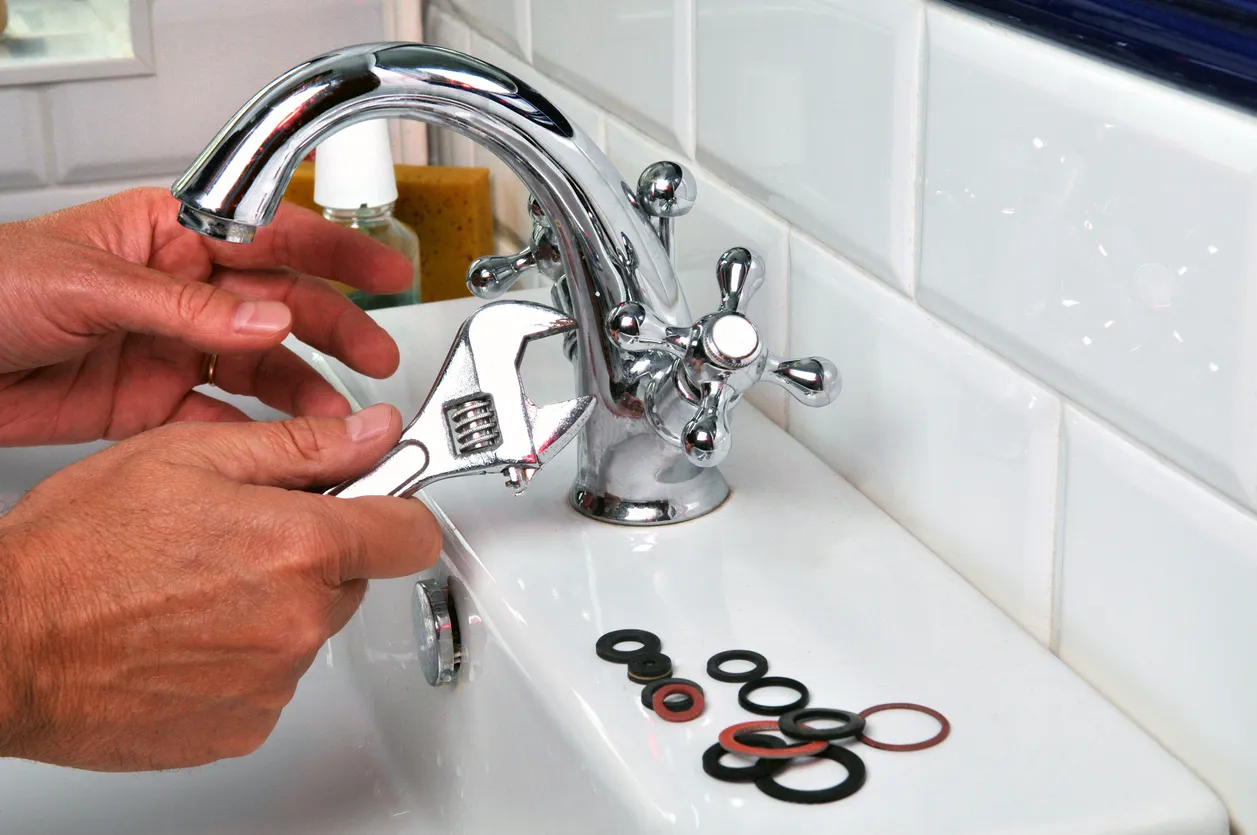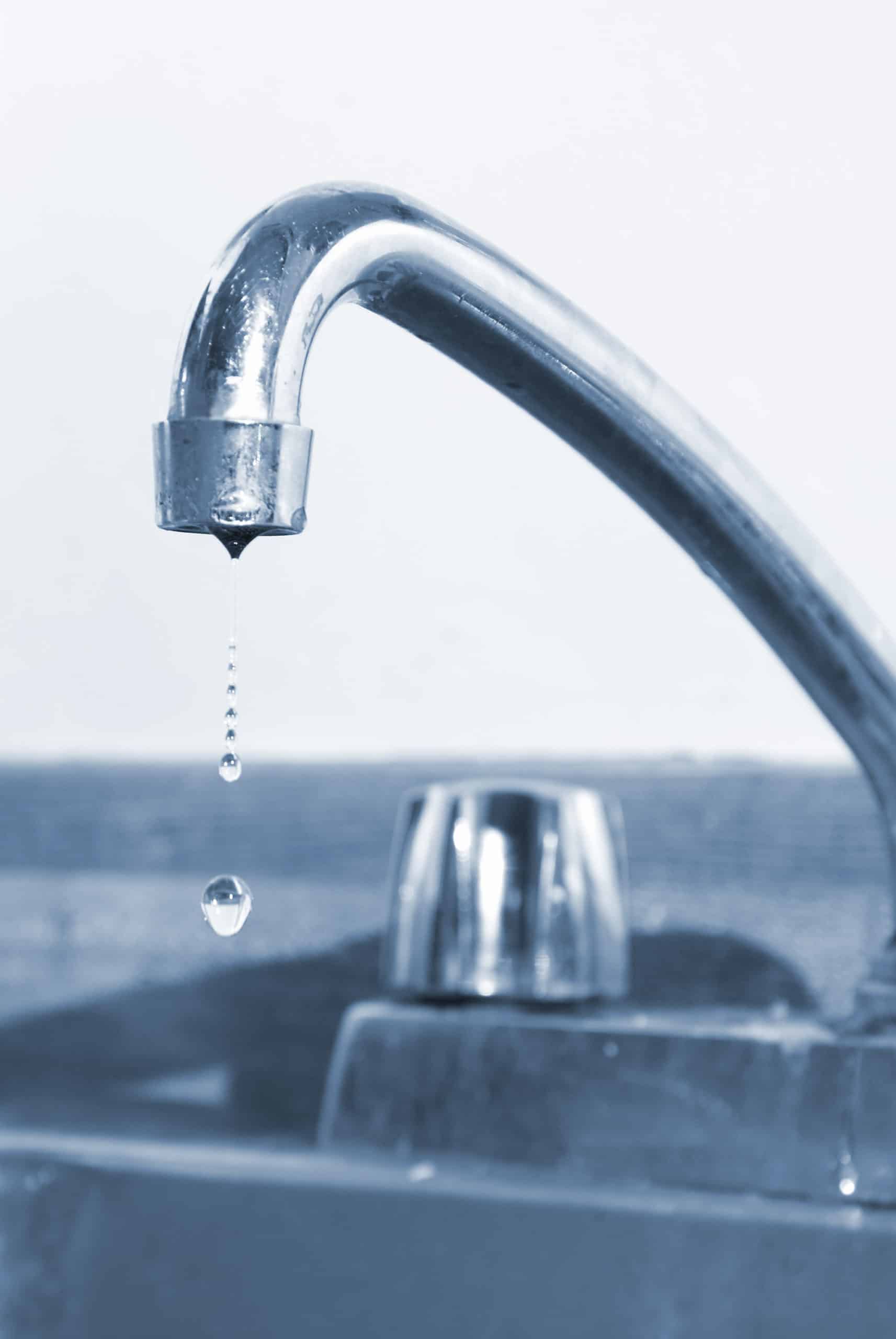How It's Significant to Fix a Faulty Faucet
How It's Significant to Fix a Faulty Faucet
Blog Article
Almost everyone has got their own individual opinion with regards to Why Are My Faucets Dripping (And Can I Fix It Myself)?.

Leaking faucets could look like a small trouble, however their influence exceeds just the annoyance of the noise. From wasting water to sustaining unnecessary economic expenses and health and wellness risks, ignoring a leaking tap can result in numerous consequences. In this short article, we'll look into why it's crucial to resolve this typical home concern immediately and successfully.
Wastefulness of Water
Environmental Effect
Trickling taps contribute substantially to water wastage. According to the Environmental Protection Agency (EPA), a solitary faucet leaking at one drip per second can lose greater than 3,000 gallons of water per year. This not just pressures water resources however additionally impacts ecosystems and wildlife based on them.
Step-by-Step Guide to Fixing a Dripping Faucet
Tools Needed
Before attempting to fix a leaking tap, gather the needed devices, including an adjustable wrench, screwdrivers, substitute components (such as washing machines or cartridges), and plumber's tape.
Common Faucet Issues and Their Solutions
Determine the kind of tap and the specific issue triggering the drip. Common issues consist of worn-out washing machines, rusty shutoff seats, or damaged O-rings. Refer to producer directions or on the internet tutorials for detailed advice on repair services.
Financial Prices
Enhanced Water Expenses
Beyond the environmental effect, leaking taps can pump up water expenses considerably. The gathered wastefulness over time equates into higher utility expenses, which could have been avoided with timely repair work.
Potential Building Damages
In addition, long term trickling can lead to damage to fixtures and surface areas bordering the tap. Water build-up can cause staining, corrosion, and also architectural concerns if left ignored, leading to extra repair work costs.
Wellness Problems
Mold And Mildew and Mildew Growth
The consistent visibility of wetness from a leaking faucet develops an excellent setting for mold and mildew and mildew development. These fungis not only endanger interior air quality yet likewise present health risks, specifically for people with breathing problems or allergic reactions.
Waterborne Diseases
Stationary water in leaking taps can end up being a breeding ground for bacteria and various other pathogens, raising the danger of waterborne diseases. Impurities such as Legionella bacteria grow in stagnant water, possibly resulting in significant health problems when ingested or breathed in.
DIY vs. Expert Repair
Benefits and drawbacks of DIY Repair Work
While some might try to fix a trickling tap themselves, do it yourself repair services include their very own set of difficulties. Without correct knowledge and tools, do it yourself attempts can worsen the concern or result in insufficient repairs, extending the issue.
Advantages of Hiring an Expert Plumber
Working with a professional plumber makes sure that the underlying source of the dripping faucet is attended to effectively. Plumbing technicians have the expertise and tools to diagnose and repair faucet concerns successfully, saving time and minimizing the danger of additional damage.
Ecological Duty
Specific Contribution to Preservation
Taking duty for fixing dripping faucets aligns with broader efforts toward water conservation and environmental sustainability. Every individual's activities jointly make a significant impact on protecting valuable sources.
Lasting Living Practices
By prioritizing punctual repair services and adopting water-saving practices, individuals add to sustainable living methods that benefit both existing and future generations.
Safety nets
Normal Upkeep Tips
To avoid leaking faucets, carry out routine upkeep such as cleansing aerators, checking for leakages, and replacing worn-out components quickly. Furthermore, consider installing water-saving tools or updating to much more efficient components.
Relevance of Prompt Fixes
Dealing with dripping taps as quickly as they're observed stops further water wastage and possible damage, ultimately conserving both water and money in the long run.
Influence On Building Value
Perception of Well-Maintained Property
Keeping a residential property in good condition, including addressing upkeep issues like leaking faucets, improves its perceived worth and desirability amongst possible purchasers or tenants.
Impact on Resale Value
Qualities with well-maintained plumbing components, including taps, command greater resale values in the property market. Addressing leaking taps can contribute to a favorable impression during property assessments and arrangements.
Conclusion
Attending to a trickling faucet exceeds plain convenience; it's a necessary step toward conserving water, lowering financial costs, and securing wellness and home. Whether via do it yourself repairs or expert help, doing something about it to fix leaking faucets is a little yet impactful method to advertise liable stewardship of sources and add to a healthier, much more sustainable future.
How to Fix a Leaky Faucet: Step-by-Step Repair Guide
A leaky faucet may seem like a simple annoyance, but if it's not fixed promptly, that leak could cost hundreds to potentially thousands. From water damage to mold, mildew, and high water bills, even a tiny leak can be catastrophic if left unattended. Damage like this can even affect the overall value of your home, so it's important to take the right approach for leaky faucet repair. You may need the help of a plumber in some cases, but we've got a few tips you can try on how to fix a leaky faucet before calling the pros.
Four Faucet Types
When you're learning how to fix a leaky faucet, the first step is knowing what kind of faucet you're working with! There are four common types.
Cartridge Faucets
Cartridge faucets come in one- or two-handled varieties. In one-handled cartridge faucets, hot and cold water combines in a single cartridge. In the two-handled versions, hot and cold water are controlled separately and mixed in the faucet.
Ball Faucets
Ball faucets have a single lever you push up and down to adjust the pressure and rotate to change the temperature. A slotted metal ball controls the amount of water allowed into the spout.
Compression Washer Faucets
They're the oldest type of faucet, but they're still used in many homes — especially older ones. Compression faucets have two separate handles that, when turned, raise or lower the washer that seals a water valve. This valve stops water from flowing through the faucet when it is turned off.
Disc Faucets
Disc faucets rarely need to be repaired due to their maintenance-free design. The water flow is controlled by two discs — the upper one raises and lowers against a fixed lower disc, creating a watertight seal. If your disc faucet starts leaking, you may need to replace the seals or clean residue buildup from the inlets.
Fixing a Leaky Faucet
Step 1: Turn Off the Water
Whether you're learning how to fix a leaky bathtub faucet or how to fix a leaky kitchen faucet, always turn off the water supply to your working area when you're fixing a leak. The last thing you want is a flood added to your list of things to fix.
Look for the shutoff valves below your sink or around the tub and turn them clockwise to stop the water flow. If your faucet doesn't have shutoff valves, you may need to turn off the water for the whole house. Check to make sure it's off by turning the faucet on. If nothing comes out, you're ready to start the repair.
Step 2: Take Apart the Faucet
How you disassemble your faucet depends on the type of fixture you have. You can use a flathead screwdriver to remove the caps on top of the handle or handles for cartridge and compression faucets. Inside, you should see handle screws. Unscrew these with a screwdriver to remove the handle.
Disc- and ball-style faucets will typically have an inlet screw near the handle, and removing that will reveal the interior of the faucet.
Detach the Valve Stem
For cartridge- and compression-style faucets, you'll see the inner valve stem or cartridge once you remove the faucet handles. If you have a compression faucet, unscrew the brass valve stem. If you have a cartridge faucet, pull out the cartridge. If your cartridge has been in place for a while, it may require some tools or extra force to remove it due to mineral deposits.
Examine and Replace Parts
Once you've removed the parts, check them out to confirm what needs to be replaced. You may see corroded rubber washers, O-rings, stems, or cartridges. On a ball-style faucet, check the seats and springs for damage.
If you need to repair a leaky disc faucet, check the inlet and seals on the lower disc.
Once you determine what parts must be replaced, visit your local hardware store. Bring the damaged parts with you to ensure you can purchase the correct components to replace them.
Clean Valves and Faucet Cavity
If you've removed a stem or cartridge, you may notice mineral buildup in the faucet's threads. Use white vinegar to clean the valve seat by soaking it for a few minutes, then scrub it away with a soft toothbrush and rinse with warm water. You can also clean the interior of the faucet in the same way.
Reassemble the Faucet
Once your faucet is cleaned and the required parts have been replaced, it's time to reassemble it. Put the pieces back together and slowly turn the water supply back on. Doing this slowly is crucial because too much initial water pressure can damage the new hardware you've just installed.
https://homewarranty.firstam.com/blog/how-to-fix-leaky-faucet

We hope you enjoyed our post on Leaky Faucets: Why They Happen & What to Do About Them. Thank you for spending some time to read through our posting. Remember to take the time to share this content if you enjoyed it. We take joy in reading our article about Why Are My Faucets Dripping (And Can I Fix It Myself)?.
Report this page